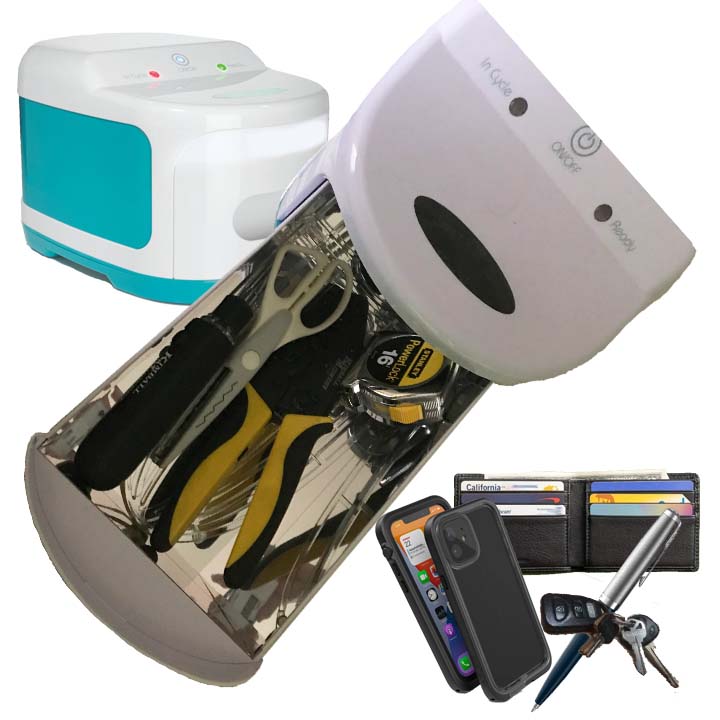Uncategorized
What is UVC light?
What is UVC light?
The brief answer is that it is another tool in our arsenal against Covid-19 and other germs and viruses that can make us sick. The science lesson answer is: Ultraviolet (UV) light is a component of the electromagnetic spectrum in the area between visible light and X-Rays. The sun emits UVA, UVB and UVC light. Lucky for us, no measurable UVC from the sun reaches the earth’s surface. UV-C is very effective for killing germs, viruses, and mold. When biological organisms are exposed to deep UVC light (200 nm to 300 nm) it is absorbed by DNA, RNA, and proteins. Absorption by proteins can lead to rupture of cell walls and death of the organism. Absorption by DNA or RNA causes the cell to lose its ability to replicate and therefore it cannot infect. No matter which way you look at it, UVC is another alternative to help protect against germs and viruses.
Pros
UV-C breaks down germs on a molecular level resulting in high disinfection rates
Germs, viruses, molds, and other organic contaminates can’t build up an immune response to UV-C light.
Purifies the air and all non-porous surfaces within the effective range.
According to the FDA UVC radiation has been shown to destroy the outer protein coating of the SARS-Coronavirus. The destruction ultimately leads to inactivation of the virus.
Cons
UV-C light can cause eye irritation and skin burns, so it’s not suitable for use while a space is occupied.
When used in a room UV-C light can speed up the degradation of certain materials and fabrics that aren’t protected.
UVC radiation can only inactivate a virus if the virus is directly exposed to the radiation. Therefore, the inactivation of viruses on surfaces may not be effective due to blocking of the UV radiation by soil or other contaminants.
A variety of cleaners, disinfectants, sanitizers, and cleaning methods should be used depending on the needs of your facility so you can help keep your environments fresh, clean, and safe.

